





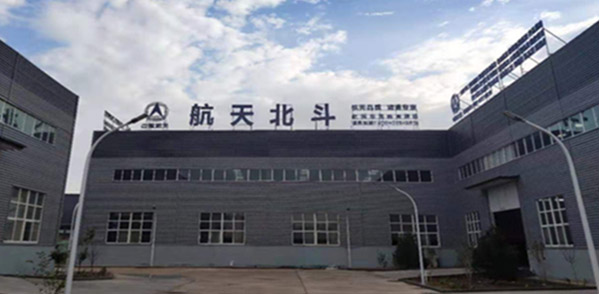
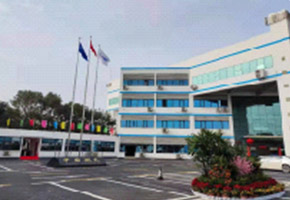
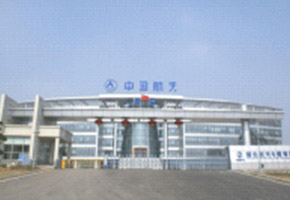
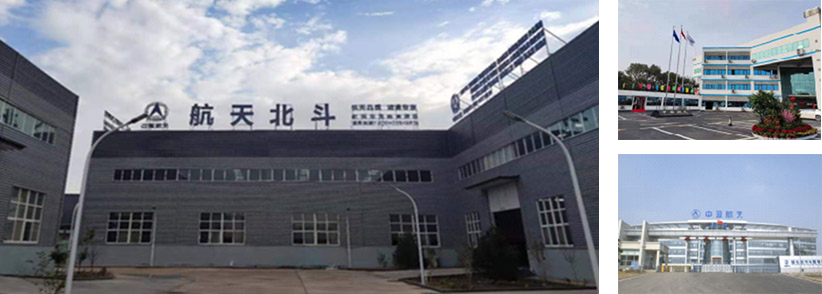

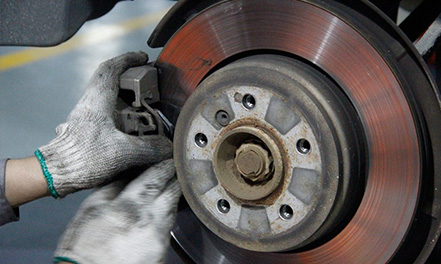
Brake disc maintenance is essential to ensure vehicle safety. Here are some brake disc maintenance recommendations:
Check brake disc thickness. The maximum wear limit of the brake disc is 2 mm. If the brake disc wears to this limit, it needs to be replaced.
Check the brake disc surface. Regularly check the brake disc surface for deep grooves, unevenness or cracks exceeding 1 mm. These conditions may lead to reduced braking performance.
Check the brake disc for corrosion. If the brake disc has slight rust, it can be removed by continuous braking while driving; if the rust is severe, the brake disc may need to be removed and polished. 34
Avoid water cooling and oil pollution. Avoid direct water cooling when the brake disc is hot, and avoid contaminating the brake disc with oil, as this may cause the brake disc to deform or fail. 5
Change brake fluid regularly. Brake fluid is hygroscopic and may deteriorate after long-term use. It is recommended to replace the brake fluid every 20,000 to 40,000 kilometers. 6
Check your brake pads regularly. Brake pads and brake discs are important components of the braking system and must be replaced when worn to a certain extent.
Do wheel alignment regularly. Regular four-wheel alignment can ensure the stability of the vehicle while driving and prevent excessive wear of the brake system due to deviation.
Do deep maintenance regularly. Perform in-depth maintenance on the brake system regularly, including checking brake discs, brake pads, brake fluid, etc.
Following these recommendations can help keep your brake discs in good condition, ensuring your vehicle's braking performance and driving safety.
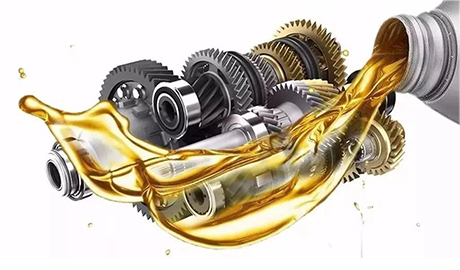
Transmission fluid plays a vital role in automobiles and its main functions include.
Cleaning, transmission fluid is responsible for keeping the shifting system clean, preventing wear between gears by dissolving and flushing out impurities and deposits, thus extending the life of the transmission.
Lubrication, transmission fluid reduces friction and wear between gears to ensure smoother shifting, and provides effective lubrication at low temperatures to minimize oil loss under severe operating conditions.
Heat dissipation, transmission fluid helps to dissipate heat, as the mutual friction between gears generates a lot of heat, which needs to be dissipated by the lubricant.
Rust prevention, transmission oil prevents corrosion and pitting, insulates metal surfaces and prevents direct contact with the metal body, thus protecting the transmission from damage.
Transmits power. Transmission fluid transmits power, not only in the torque converter, but also in many hydraulic machines within the transmission.
In addition, transmission fluids are anti-foaming to increase the efficiency of transmitting power, as air mixed into the fluid can create foam and reduce efficiency. The performance requirements of transmission fluids are more complex than those of engine oils because they not only need to lubricate and dissipate heat, but they also need to perform consistently under a variety of different operating conditions.
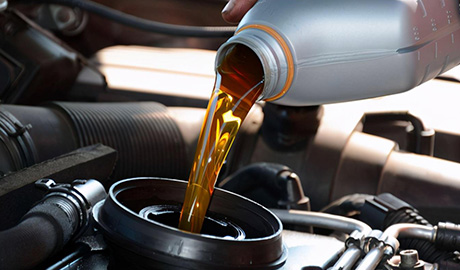
The functions of motor oil mainly include the following.
Lubrication and wear reduction, the oil can form an oil film on the friction surface, reducing friction and wear between parts and preventing direct metal-to-metal contact.
Cooling, the oil absorbs the heat generated by friction and brings it back to the oil tank and then emits it to the air, helping to cool the engine.
Cleaning, oil circulation can take away the carbide, sludge, wear metal particles and other dirt on the engine parts to keep the engine clean.
Sealing leakage, oil in the piston ring and piston between the formation of a seal, reduce gas leakage and outside pollutants into.
Rust and corrosion prevention, the oil on the surface of the parts to form a film, preventing water, air, acidic substances and parts contact, to avoid corrosion and rust.
Shock absorption and cushioning, the oil absorbs the shock and vibration generated when the engine is running, reducing the damage to the engine.
In addition, the oil also has the role of auxiliary cooling, cleaning, sealing leakage, rust and corrosion prevention, shock absorption buffer, etc., known as the car's "blood".

